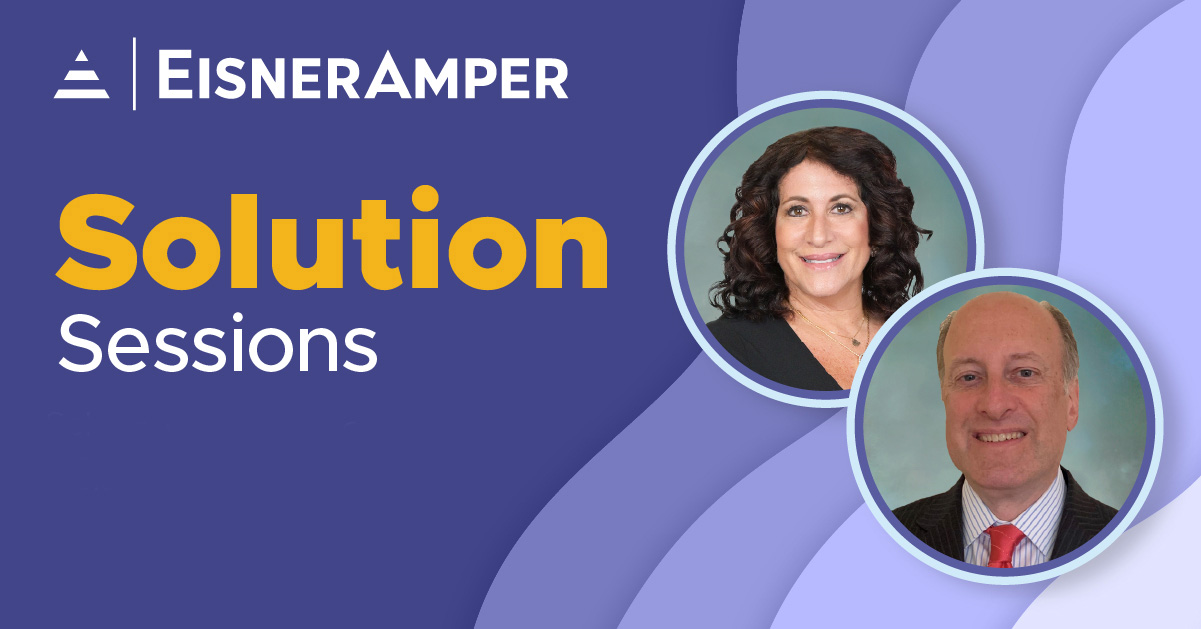
Harnessing the Flame of Entrepreneurial Success
- Published
- Nov 24, 2020
- Share
Harold had a sturdy company. It had taken him 20 years to build a $25M manufacturing company with 65 loyal employees, a solid client list and a good reputation in the marketplace. At 60 years old, Harold had earned the pride he felt for his business and his people. However, he was still working extremely hard. Harold was the ‘go-to’ guy. He carried a wealth of knowledge around in his head, and everyone knew that he could answer just about any question.
He was also the key salesperson for the firm. His customers loved him. They loved him so much that they called for him directly and preferred it when he was the guy who showed up for the sales calls.
He was also the best idea generator – always thinking of new ideas, new products, new ways of doing business. In a word, he was the heart of the business. And much of the time he liked this, but it sometimes just got to be too much. It also meant that Harold really couldn’t spend much time away from the business – because everyone needed him.
 He seemed to thrive on putting out fires, helping his employees, and solving a myriad of problems every day. Until one day, he couldn’t. Harold fell ill and the company stumbled. This was a serious wake-up call. Unbeknownst to him, Harold had fallen into the classic entrepreneurial trap – a lack of systems and processes, documentation and quality controls to enable the business to run effectively, even when Harold wasn’t available. The Entrepreneurial Phase of business is often characterized as a high- energy phase in which the business is reliant on one key leader – someone who calls the shots and leads the company forth. Unfortunately, this is not always a healthy phase for a business to be in for the long-term, and it certainly is not as stable or successful for initiating any transfer of ownership or leadership.
He seemed to thrive on putting out fires, helping his employees, and solving a myriad of problems every day. Until one day, he couldn’t. Harold fell ill and the company stumbled. This was a serious wake-up call. Unbeknownst to him, Harold had fallen into the classic entrepreneurial trap – a lack of systems and processes, documentation and quality controls to enable the business to run effectively, even when Harold wasn’t available. The Entrepreneurial Phase of business is often characterized as a high- energy phase in which the business is reliant on one key leader – someone who calls the shots and leads the company forth. Unfortunately, this is not always a healthy phase for a business to be in for the long-term, and it certainly is not as stable or successful for initiating any transfer of ownership or leadership.
Ideally, we want to ensure that the company is able to take the very best of the attributes of the Entrepreneurial Phase and carry these forward to the Durability Phase. In the Durability Phase, leadership is generally spread across a number of trained personnel. Company strategies are developed as part of an overall strategic plan, standard operating procedures have been documented, and decisions are made using an agreed process. The company has far more turnkey operations, and quality is maintained as part of documented procedure and adopted as a value that is shared company-wide.
Reaching this Durability Phase means that owners can have more autonomy, spend more time working on the business and developing strategy, and finding ways to increase the company value. It is also a more effective stage for planning and executing a successful succession process. With the development of standard operations, a new generation has a manual and supporting documentation to guide their actions. Expectations of performance and compensation are clear, written and agreed. The entire company works according to an agreed-upon plan, helping to manage both individual and organizational expectations.
We can harness the passion and excitement of the Entrepreneurial Phase by practicing some of the following management techniques:
- Provide opportunities for others in the organization to bring creative, innovative ideas to the team. Consider creating innovation pods or introducing new product development techniques.
- Teach others how you make decisions – become more of a mentor or coach.
- Consider developing a mentor/protégé program.
- Bring younger team members on sales calls, and make sure that clients get to know other team members.
- Recognize and reward knowledge sharing.
- Work as a team to identify bottlenecks in the company operations, and work together to generate new ideas to solve old problems.
The Entrepreneurial Phase is exciting and energizing, but it can also lead to burn out and fewer options in the future for successful transitions. By focusing on moving the company to the Durability Phase, a leaders can increase their options, provide greater stability, and offer more opportunities for others within the firm. It’s the best of both worlds!
OUR CURRENT ISSUE OF RISE (Real Ideas to Stimulate Engagement)
Contact EisnerAmper
If you have any questions, we'd like to hear from you.









